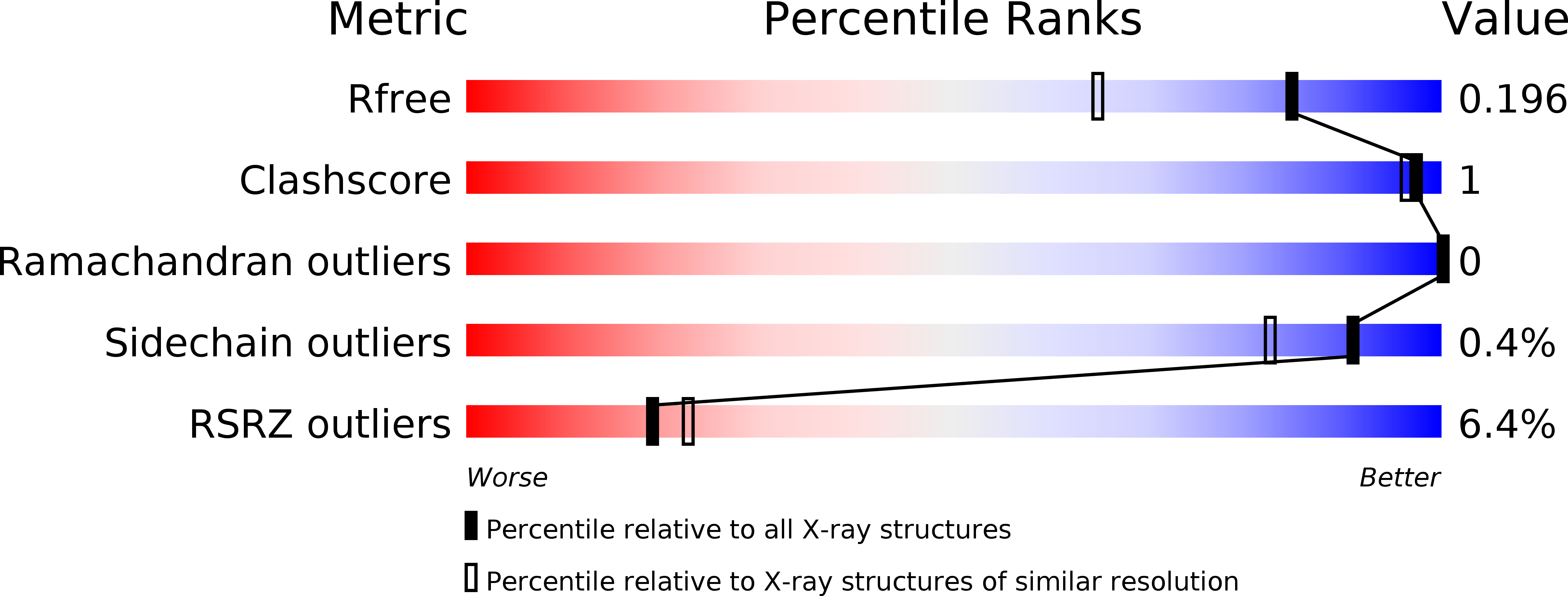
Deposition Date
2018-02-05
Release Date
2018-03-07
Last Version Date
2024-05-08
Entry Detail
PDB ID:
6FNU
Keywords:
Title:
Structure of S. cerevisiae Methylenetetrahydrofolate reductase 1, catalytic domain
Biological Source:
Source Organism:
Saccharomyces cerevisiae (Taxon ID: 4932)
Host Organism:
Method Details:
Experimental Method:
Resolution:
1.56 Å
R-Value Free:
0.19
R-Value Work:
0.15
R-Value Observed:
0.15
Space Group:
P 21 21 2


